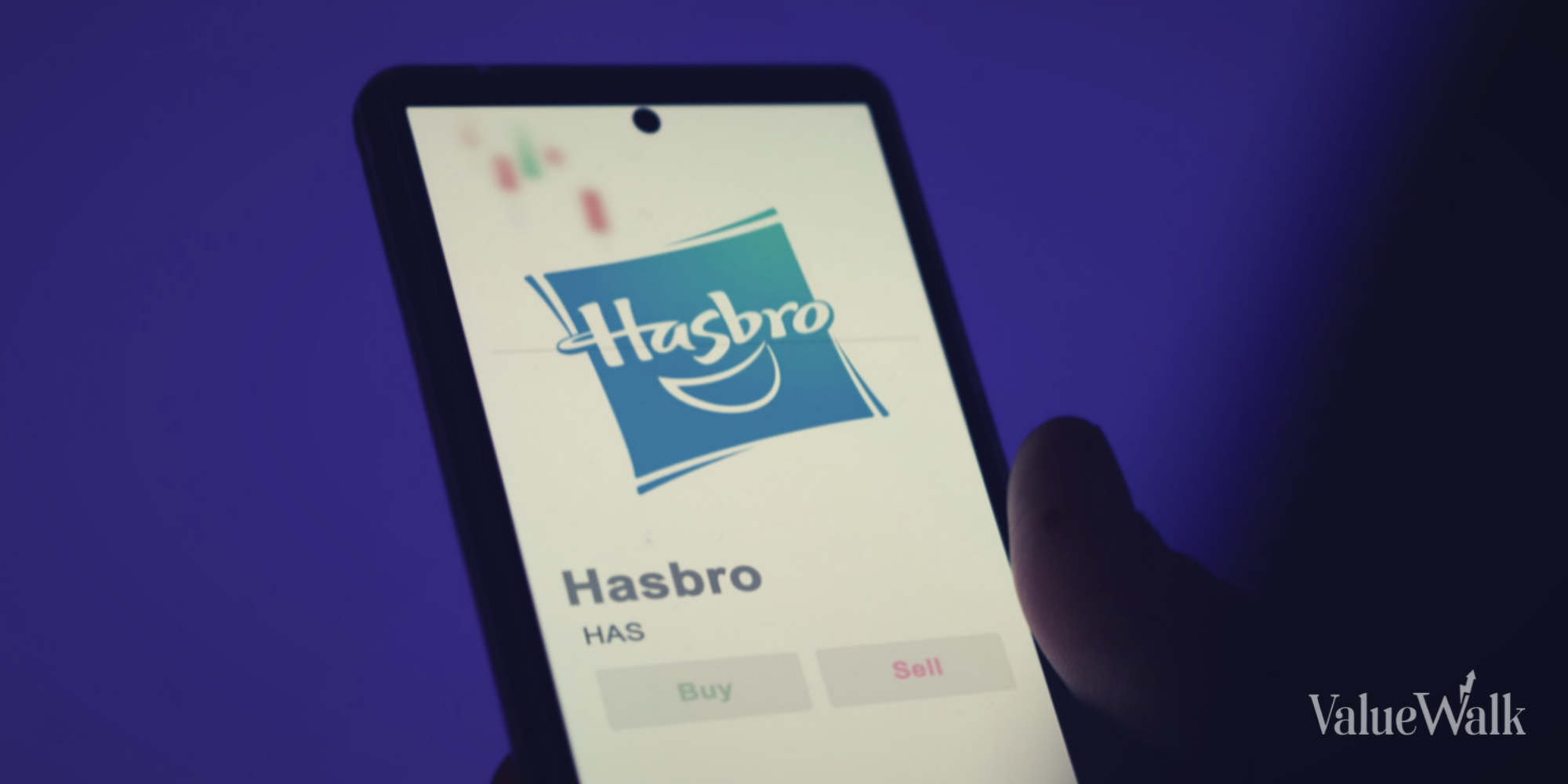Some banks have basically been four-letter words for investors this year, as the banking crisis that saw the failure of three sizable institutions had a drag on the entire industry, especially smaller and mid-sized banks.
However, it also created some good buying opportunities for the right banks as valuations plummeted. One bank that bears watching is Axos Financial (NYSE:AX), which is not only cheap but also appears to have some pretty good upside potential.
A different kind of bank
Axos Financial is different from most banks in that it is almost entirely an online bank, except for a handful of branches. It was one of the first of its kind, as it actually started in 1999 as the Bank of the Internet.
Axos’ longevity and stability also give it an advantage over many of the newer online banks while creating an edge over its brick-and-mortar counterparts in terms of its efficiency. With so few branches, it has much lower overhead than most banks in its class, and that helps it operate more efficiently.
Axos’ efficiency ratio, which measures how much it spends for every dollar of revenue, is about 49%, down from 56% in the same quarter a year ago. This is lower than most banks, which are typically in the 50% to 60% range or higher. In fact, the efficiency ratio in Axos’ banking segment runs even lower, at 45% in the most recent quarter.
That efficiency helped the bank navigate the crisis while remaining in good shape. In the most recent quarter, its fiscal first quarter, Axos saw its net interest income increase 17% to $211 million, thanks to an increase in loans. The bank had $17.1 billion in loans in the quarter, up 16.6% from the previous quarter, its fiscal Q4.
However, what really stands out about Axos’ loan portfolio is that 61% of it is in variable-rate loans, while 32% is in hybrid loans, and only 7% is in fixed-rate loans. That means the bank can generate more interest income than most of its competitors with higher fixed-rate loans in their portfolios. With mostly variable-rate loans, Axos will benefit as those interest rates adjust to the higher-rate environment.
The knock-on effect is that it results in higher net income and higher net interest margins, which is the difference between what the bank is paying out and getting back in interest. Axos had a net interest margin (NIM) of 4.36% in the most recent quarter, up from 4.26% a year ago. That’s much higher than the average NIM for banks, which was 3.28% in the second quarter, according to the Federal Deposit Insurance Corp., citing the most recent data available.
Axos’ other strength is that its deposits have held steady and actually increased to $17.5 billion, up from $17.1 billion the previous quarter and $15.2 billion from the same quarter a year ago. Additionally, 90% of the deposits are FDIC-insured.
A good bank at a cheap valuation
Axos’ business model has delivered for investors over the years, with a 9.2% annualized return over the past 10 years as of Oct. 31. That is better than the vast majority of banks, including giants like Bank of America (NYSE: BAC).
Additionally, with its favorable loan book and operational efficiency, Axos Financial has key advantages going forward. On top of that, the stock’s valuation has dropped, pulled down by the malaise in the banking industry. It is trading at just over six times earnings, compared to a price-to-earnings ratio of 9.7 at the start of the year. Further, the bank’s price-to-book-value stands at one, which signals that it is fairly priced in relation to its book value.
Overall, Axos Financial is a good bank at cheap valuation, and it stands out among its competitors.
Disclaimer: All investments involve risk. In no way should this article be taken as investment advice or constitute responsibility for investment gains or losses. The information in this report should not be relied upon for investment decisions. All investors must conduct their own due diligence and consult their own investment advisors in making trading decisions.





